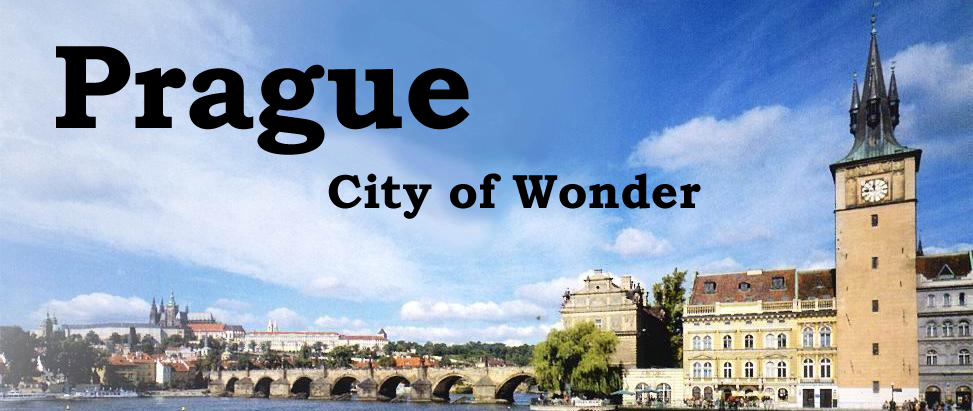

| Home | Overview | History | Culture | Resources |
9th century
- Bonvoj, prince of the Premyslid dynasty establishes Prague Castle.
- Prague is founded as a royal city
- Some of the royals embrace Christianity
10th century
- Builders begin to lay the foundations for St. Vitus Rotunda and the Vyšehrad Castle
- In 973, the church hierarchy is formed.
11th century
- Vratislav II remains loyal to the Holy Roman Empire and to the German king, and in return, he becomes the first Czech king.
12th century
- In 1172, the Judith Bridge becomes the first stone bridge to be built over the Vltava River.
13th century
- The Old Town and the Lesser Town are established in 1231 and 1257, respectively.
14th century - The Golden Age of Prague
- From 1310 to 1346, the country is ruled by John of Luxembourg
- Around 1320, the Prague Castle Area is set up
- In 1338, the Old Town Hall begins its existence.
- A flood destroys the Judith Bridge in 1342
- Under Charles IV, Prague becomes a wealthy capital of Europe and draws in many famous visitors.
- The Prague church is promoted to archbishop status
- Builders begin construction of St. Vitus Cathedral
- 10 years after the Old Town Hall is founded, the king establishes New Town Hall
- Charles University, the first major university in Europe, is founded in 1348
- Prague is chosen as the capital of the Holy Roman Empire, and Charles becomes the Holy Roman Emperor
- Charles Bridge established in 1357
15th century
- Conflicts between the Hussites and the Roman empire split up the country. Many precious artifacts are destroyed and Prague Castle begins to decline
16th century- Prague's Second Golden Age
- The Habsburg dynasty begins and the royal palace moves to Vienna, Austria.
- Prague Castle is rebuilt in the Renaissance style and recreational parts are added
- In 1583 Rudolf II is crowned Czech king and moves his court back to Prague. The city earns the nickname "Magic Prague" because of the scientific breakthroughs being made. Famous scientists such as Johannes Kepler and Tycho de Brahe start a community.
17th century
- Protestant uprisings ravage the city and the Dark Age of Prague begins. Prague loses some of its status and Prague Castle wastes away.
18th century
- Joseph II unites Old Town, Malá Strana, Hradčany, and New Town
- Czech language and culture begins to show itself again
- The Edict of Tolerance is issued in 1781, giving protection to religious minorities
19th century
- Industrial Revolution starts off.
- Prague builds a railway to Vienna
- People begin to move from the countryside to the city, fueling an industrial boom.
- More cultural institutions open, the National Theater and National Museum draw in hundreds of onlookers
20th century
- In 1918 the Austria-Hungary empire is disbanded and Prague is known as the capital of modern Czechoslovakia.
- Prague becomes allies with Paris between WWI and WWII.
- The city is occupied by Nazi Germany during World War II (1939-1945).
- Soviets liberate the city in 1945 and seize power in 1948
- Czechoslovakia becomes a democratic country after The Velvet Revolution.
- In January of 1990, Václav Havel is elected as president after the country's first democratic elections.
- Czechoslovakia splits into the Czech Republic and Slovakia in 1993. Prague is chosen as the capital of the Czech Republic.
- The Czech Republic becomes part of the NATO in 1999.
- In 2002, the European Union approves the Czech Republic's entrance and the Republic joins in 2004.